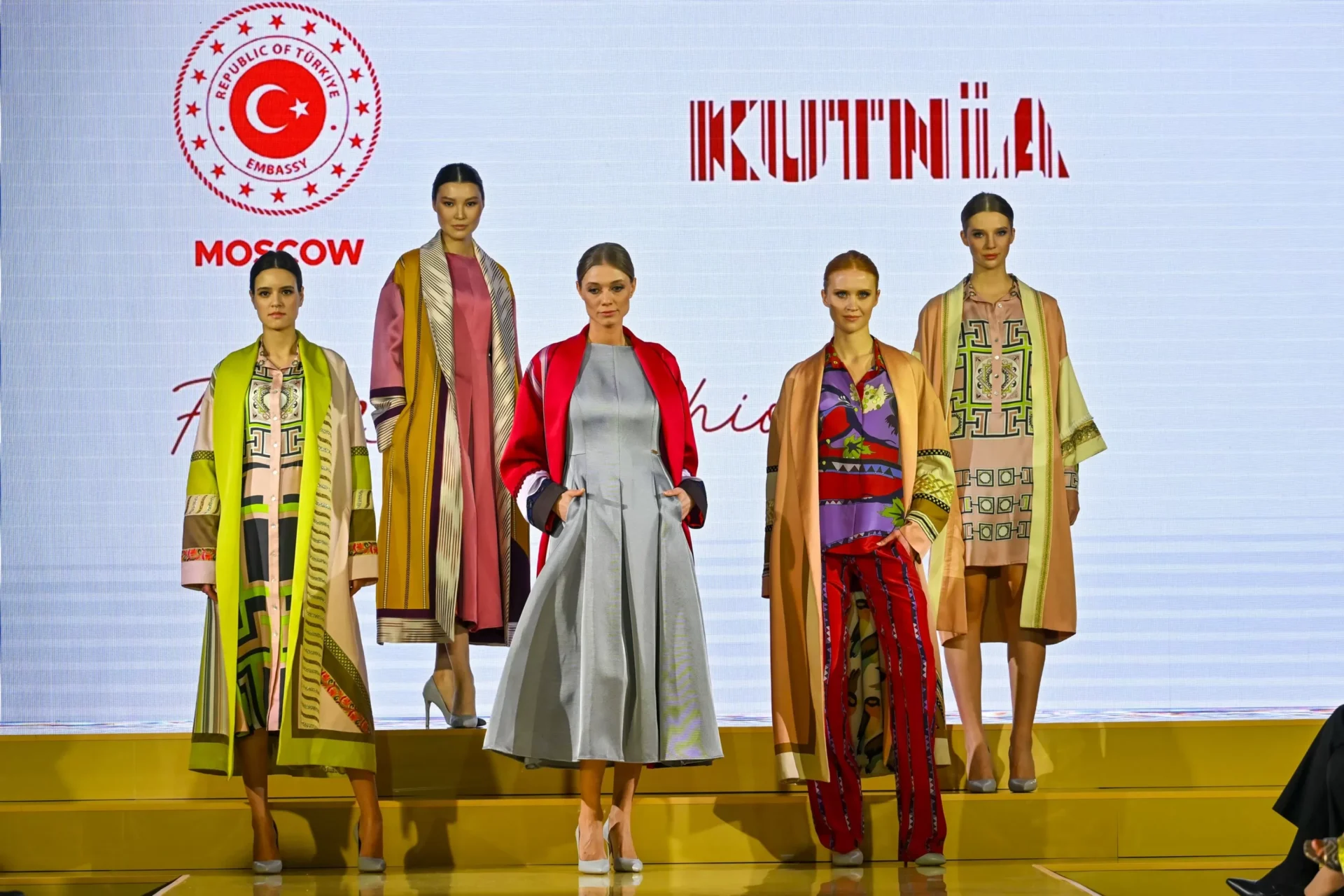Traditional qutni fabric, also known as ‘kutnu’ in Turkish, has been a part of the rich cultural heritage of the southeastern city of Gaziantep in Turkey for centuries. Woven by skilled women weavers, this fabric has recently gained global recognition and has been introduced to the world of fashion by renowned fashion brands.
Qutni fabric is made from a combination of silk and cotton, giving it a unique texture and sheen. The intricate patterns and vibrant colors of this fabric are a testament to the craftsmanship and creativity of the women weavers of Gaziantep. The traditional method of weaving qutni fabric has been passed down from generation to generation, making it a cherished skill and a source of pride for the people of this region.
The history of qutni fabric dates back to the 16th century when it was first produced in the city of Gaziantep. It was initially used to make traditional garments such as shawls, scarves, and headscarves. However, with the changing times, qutni fabric has evolved and is now used in contemporary fashion as well. The fabric has caught the attention of fashion designers and has been incorporated into their collections, making it a popular choice among fashion enthusiasts.
One of the reasons for the popularity of qutni fabric is its versatility. It can be used to create a variety of garments, from elegant dresses to casual tops. The fabric is lightweight, making it perfect for summer wear, and its soft texture makes it comfortable to wear. The vibrant colors and intricate patterns of qutni fabric add a touch of uniqueness and sophistication to any outfit.
The introduction of qutni fabric to the world of fashion has not only brought recognition to the skilled women weavers of Gaziantep but has also provided them with a source of income. The demand for this fabric has increased significantly, and many fashion brands have started incorporating it into their collections. This has not only created job opportunities for the women weavers but has also helped in preserving this traditional craft.
The use of qutni fabric by global fashion brands has also brought attention to the city of Gaziantep. The city, which was once known for its rich history and delicious cuisine, is now gaining recognition for its unique and beautiful fabric. This has not only boosted the economy of the city but has also put it on the map as a fashion destination.
The popularity of qutni fabric has also led to the establishment of workshops and training centers in Gaziantep, where young women are taught the art of weaving this fabric. This has not only ensured the preservation of this traditional craft but has also empowered women by providing them with a means to support themselves and their families.
The use of qutni fabric by global fashion brands has also brought attention to the importance of preserving traditional crafts and supporting local artisans. In a world where fast fashion dominates, the use of qutni fabric is a reminder of the beauty and value of traditional crafts and the need to preserve them for future generations.
In conclusion, the introduction of qutni fabric to the world of fashion has not only brought recognition to the skilled women weavers of Gaziantep but has also provided them with a source of income and empowered them. The popularity of this fabric has also put the city of Gaziantep on the map as a fashion destination and has highlighted the importance of preserving traditional crafts. Qutni fabric is not just a fabric, but a symbol of the rich cultural heritage of Gaziantep and a testament to the creativity and skill of its people.

